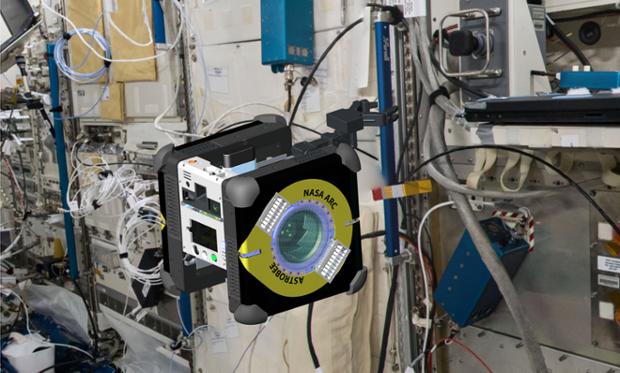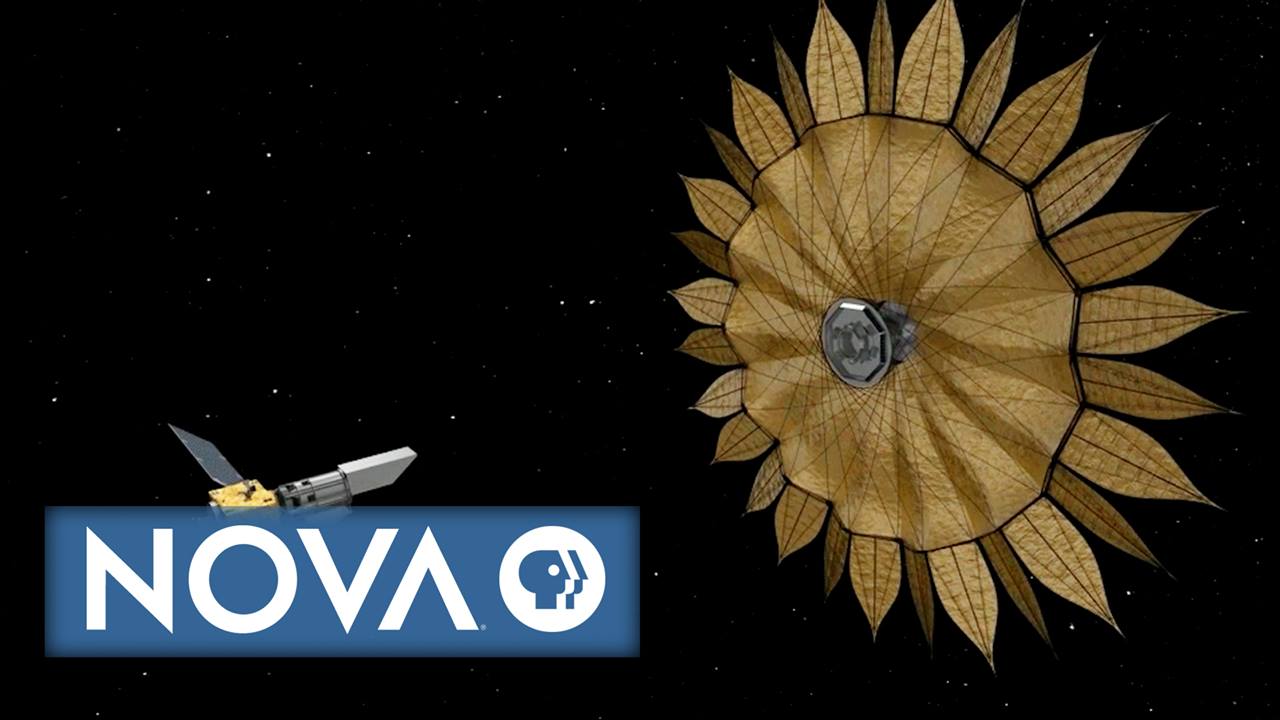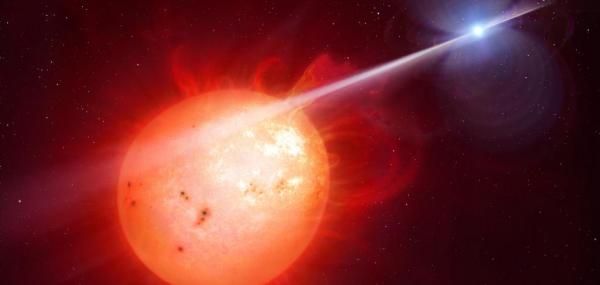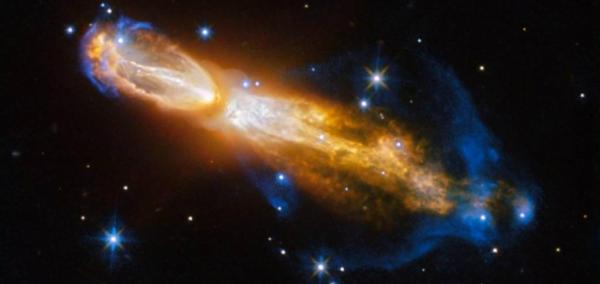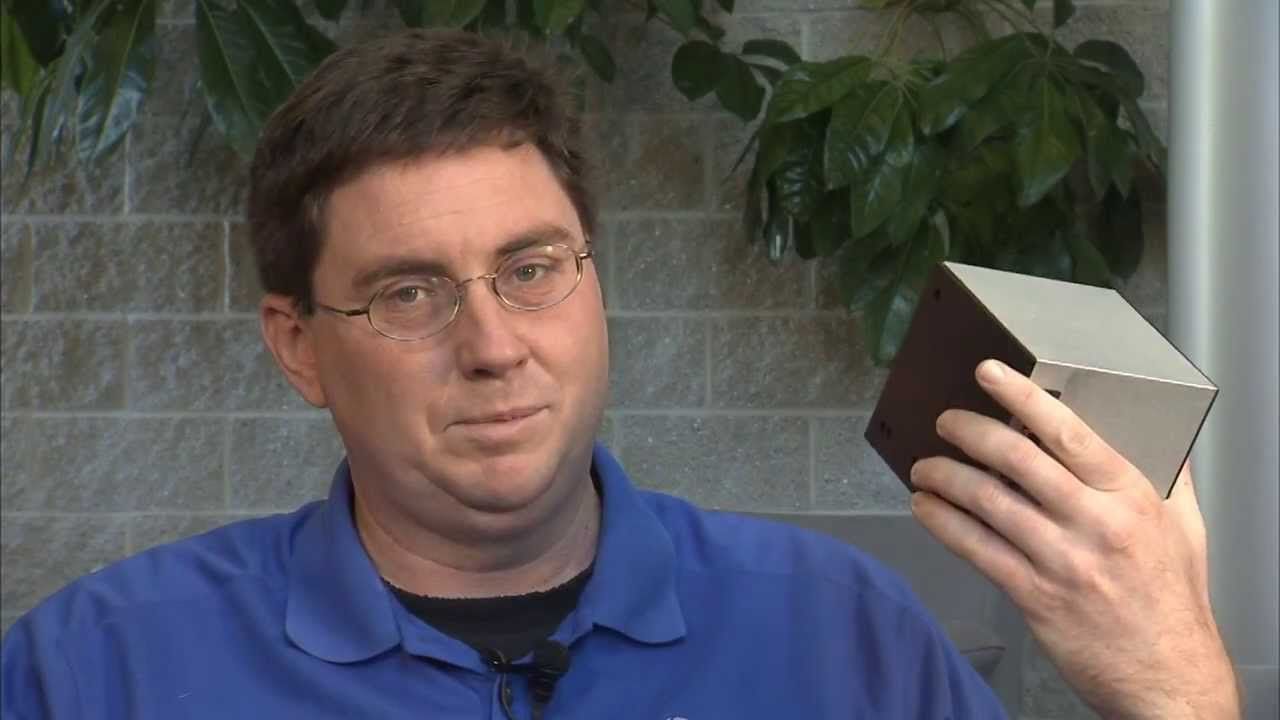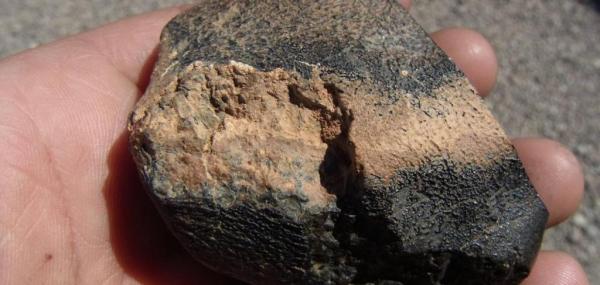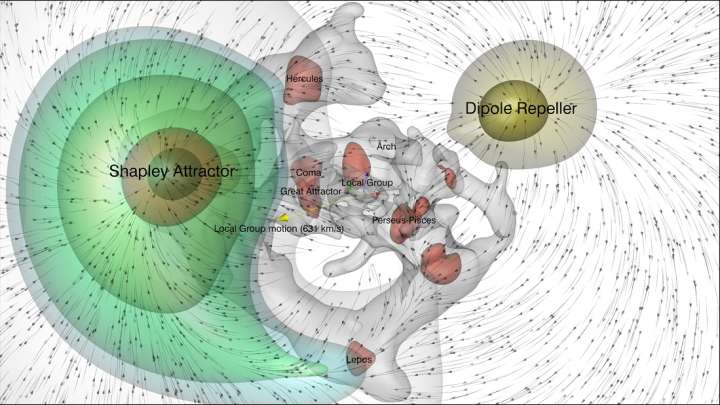
Astronomers have discovered a large void in the universe and it appears that the Milky Way and our neighboring galaxies are running away from it at about 630 kilometers per second (1.5 million miles per hour).
In a paper published in Nature Astronomy, an international group of astronomers has studied the velocities of the galaxies around our own and how they compare to the cosmic microwave background. By combining the observations with rigorous statistical analysis, the researchers have been able to map the gravitational distribution of the (somewhat) local universe.
Astronomers know that what is called the “local group” of galaxies are moving towards a dense region called the Shapley attractor. The team, led by Yehuda Hoffman from the Hebrew University of Jerusalem, realized how the gravitational lines seemed to all point towards the Shapley attractor and away from an unknown region. They suspect this region is a large void we are “escaping”.
Continue reading “The Milky Way Is Running Away From An Extragalactic Void” »

